Submarine cable monitoring solutions
- The DAS method detects vibrations and measures sound energy along the entire length of the fiber. Fiber optic behaves as if there were thousands of microphones installed.
Complex detection and classification algorithms are used for identification and location.

- The PD measurement method is widely used to effectively and non-destructively evaluate the insulating performance of cable systems.
The purpose of the PD monitoring system is to monitor electrical line dielectric failure insulation problems by measuring the partial discharge signals in real-time.
To detect the PD signal at the on-site power cable system, HFPD (High-Frequency Partial Discharge) detection methods and HFPD online monitoring system have been developed. The HFPD monitoring system measures PD signals with high sensitivity. And PD data is analyzed by data pattern analysis method and neural network software whether detecting signal is PD or not. When the PD signal is detected, an alarm signal will be sent to the client.

- The DTS method is based on optical time -domain reflectometry (OTDR) also known as backscatter. This is a common technique used frequently by telecommunications engineers to check the integrity of fiber optic cables. In this technique, a pulse of laser light is launched into the sensor fiber through a directional coupler. Light is scattered as the pulse travels down the fiber through a number of mechanisms including density and composition fluctuations (known as Rayleigh scattering) as well as molecular-induced Raman scattering.
Part of this scattered light resides in the acceptor cone of the optical fiber (i.e. retained in the optical waveguide or core of the fiber) and is directed back to the source. This return signal is separated by the directional coupler to an optoelectronic detector. In a uniform optical fiber, the intensity of the backscattered light signal decreases exponentially with time. Therefore, knowing the speed of light in an optical fiber, the distance light travels down the fiber can be calculated.




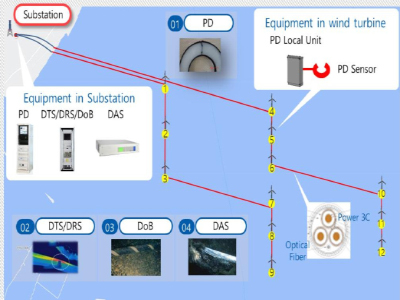








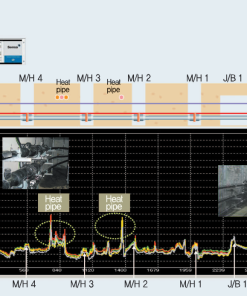
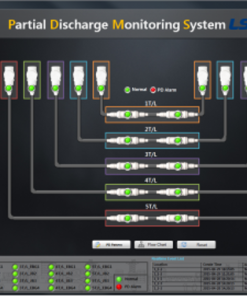
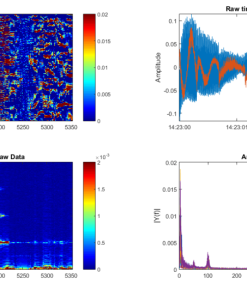
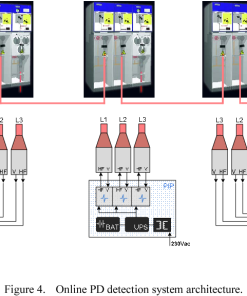
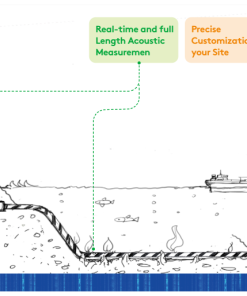
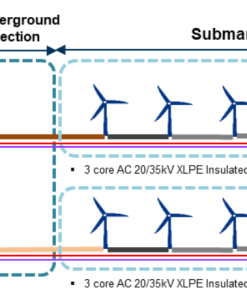
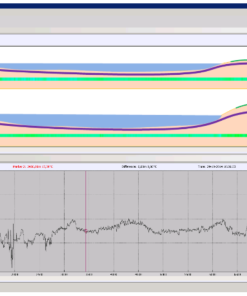






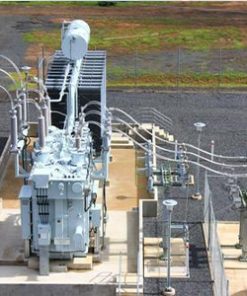

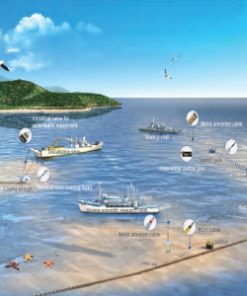




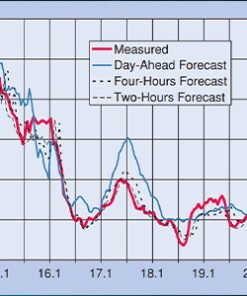
Reviews
There are no reviews yet.